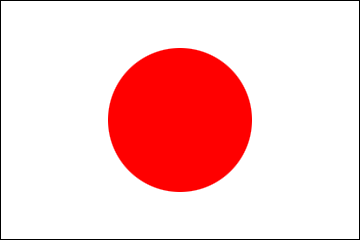Education System in Japan


 ©Doable/orion/amanaimages |
The Japanese school year typically begins in April and ends in March which is around the same time cherry trees bloom in Japan. |
 ©Opus/a.collectionRF /amanaimages |
As part of their education, students work in groups to clean school classrooms, halls and school grounds. |
 ©a_collection /amanaimages |
Many elementary schools assign weekly lunch duties to students where they prepare and serve lunch to their fellow classmates. |
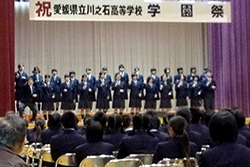 |
Most schools in Japan host festivals where they showcase student skills in photography, drawing, sports, performing arts, cooking, etc. Many of these festivals, known as bunkasai, may also feature food booths and student-created haunted houses! These festivals are typically open to the whole community. |
If you are a teacher or a student looking to learn about the education system in Japan, visit Kids Web Japan to read more on school life in Japan!
This section provides an overview of the education system in Japan and resources for further reading for those interested in education policy in Japan.

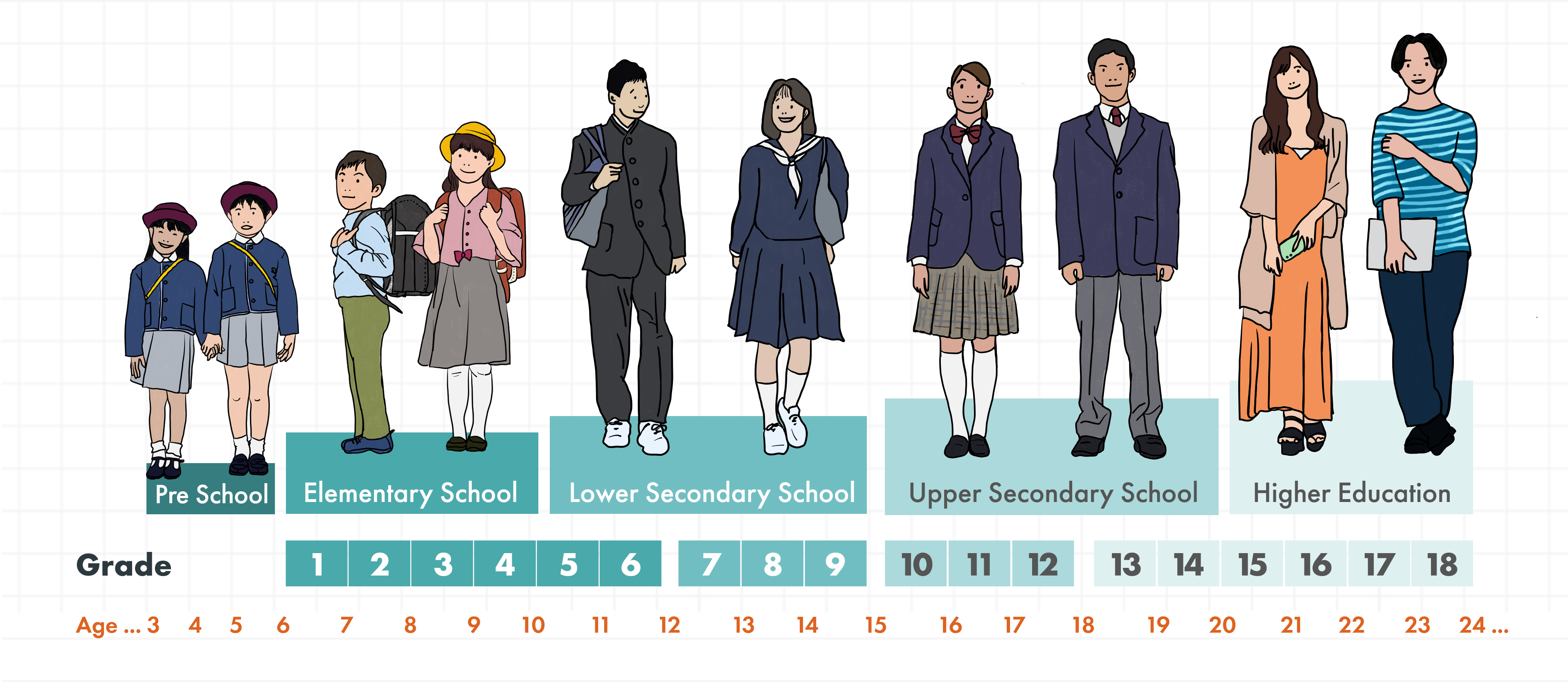
In Japan, children typically undergo 12 years of formal education consisting of elementary, lower secondary, and upper secondary education. Before beginning their elementary education at the age of 6, children have the option to attend kindergarten between the ages of 3 and 5.
Compulsory education begins with 6 years of elementary school and ends with 3 years of lower secondary school for a total of 9 years. Students then proceed to upper secondary school, which caters to children who have completed their compulsory education and is completed in 3 years. There is also an option to attend a secondary school after elementary school which combines lower and upper secondary education. In recent years, locales with smaller populations have been given the option to establish compulsory education schools which are schools that combine elementary and lower secondary schools.
Schools for special needs education are for children with comparatively severe disabilities and aim at giving an education suited to their individual educational needs. These schools are divided into four levels consisting of kindergarten, elementary, lower and upper secondary. Special needs education may also be provided to students with milder disabilities attending regular elementary and lower secondary schools through either enrolling in smaller-sized special classes or visiting resource rooms a few times a week for supplemental instruction.
Higher education in Japan is divided into colleges of technology, junior colleges and universities. Colleges of technology provide vocational education to students who have completed their compulsory education, and grant students associate degrees after five years of study. Junior colleges offer 2 to 3 year associate degree programs to students who have completed their upper secondary education and the majority of courses offered are in the humanities, social sciences and teacher training. Universities offer 4-year bachelor’s degrees to students who have completed their upper secondary education, as well as 2-year master’s and 3-year doctoral degrees.
Lastly, there are specialized training colleges and miscellaneous schools which are mostly privately controlled institutions that offer practical vocational and technical education programs. Specialized training colleges provide upper secondary programs for those who have completed their compulsory education, post-secondary programs and general courses. Students who complete the upper secondary program receive a technical associate degree. Miscellaneous schools, available to students who have completed their compulsory education, offer courses in dressmaking, cooking, and automobile repair among many other vocational trades, and generally last for 1 year.

Based on the School Education Act, the Japanese national government sets the national curriculum standards for elementary, secondary and special needs schools in order to maintain definite levels of education and ensure equal quality education for all. National curriculum standards are revised every 10 years. The national government body that publishes the national curriculum standards is the Ministry of Education, Culture, Sports, Science and Technology (MEXT).
Boards of education then set regulations related to the management of schools, including school year, school terms, procedures for making curricula and use of textbooks, etc. Boards of education (BOE) are divided into municipal and prefectural boards of education where municipal BOEs establish and oversee elementary and lower secondary schools and prefectural BOEs establish and oversee upper secondary schools and schools for special needs education.
In accordance with national curriculum standards, individual schools make and execute curricula by setting educational objectives, organizing lesson content, and allocating classroom hours.
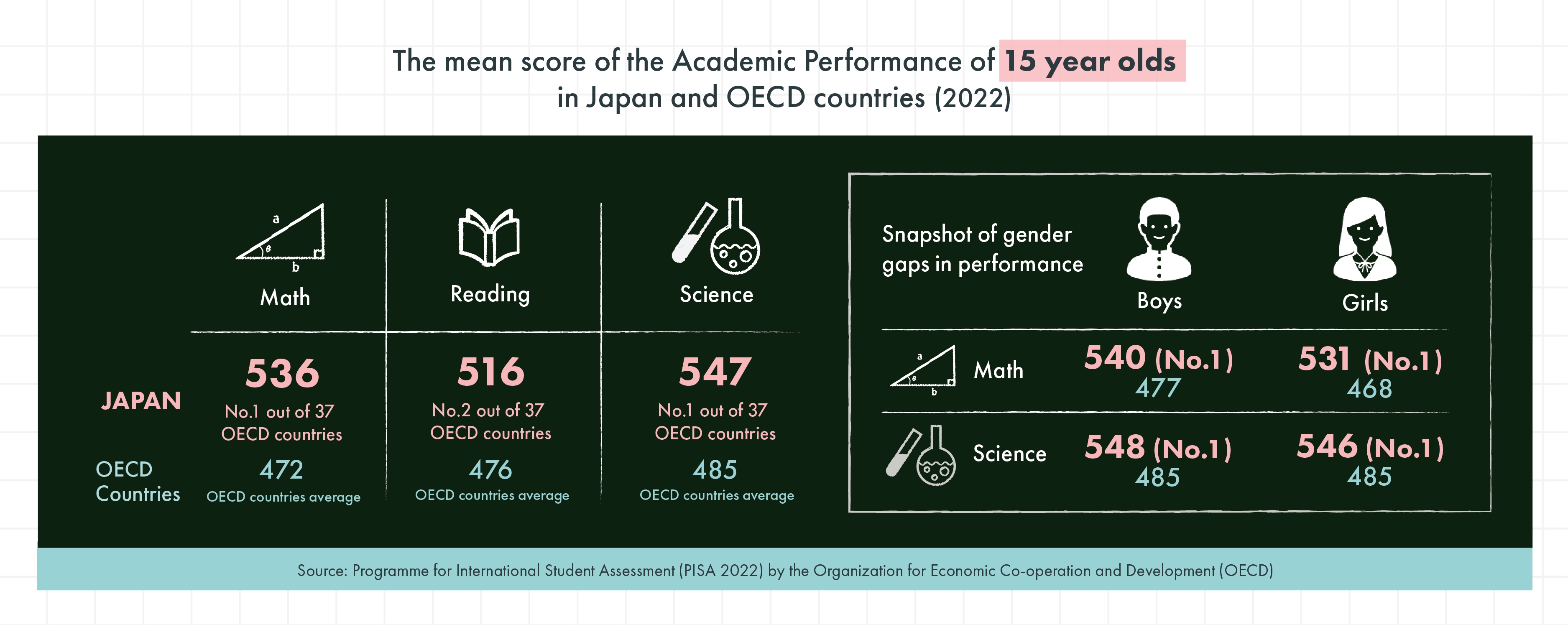
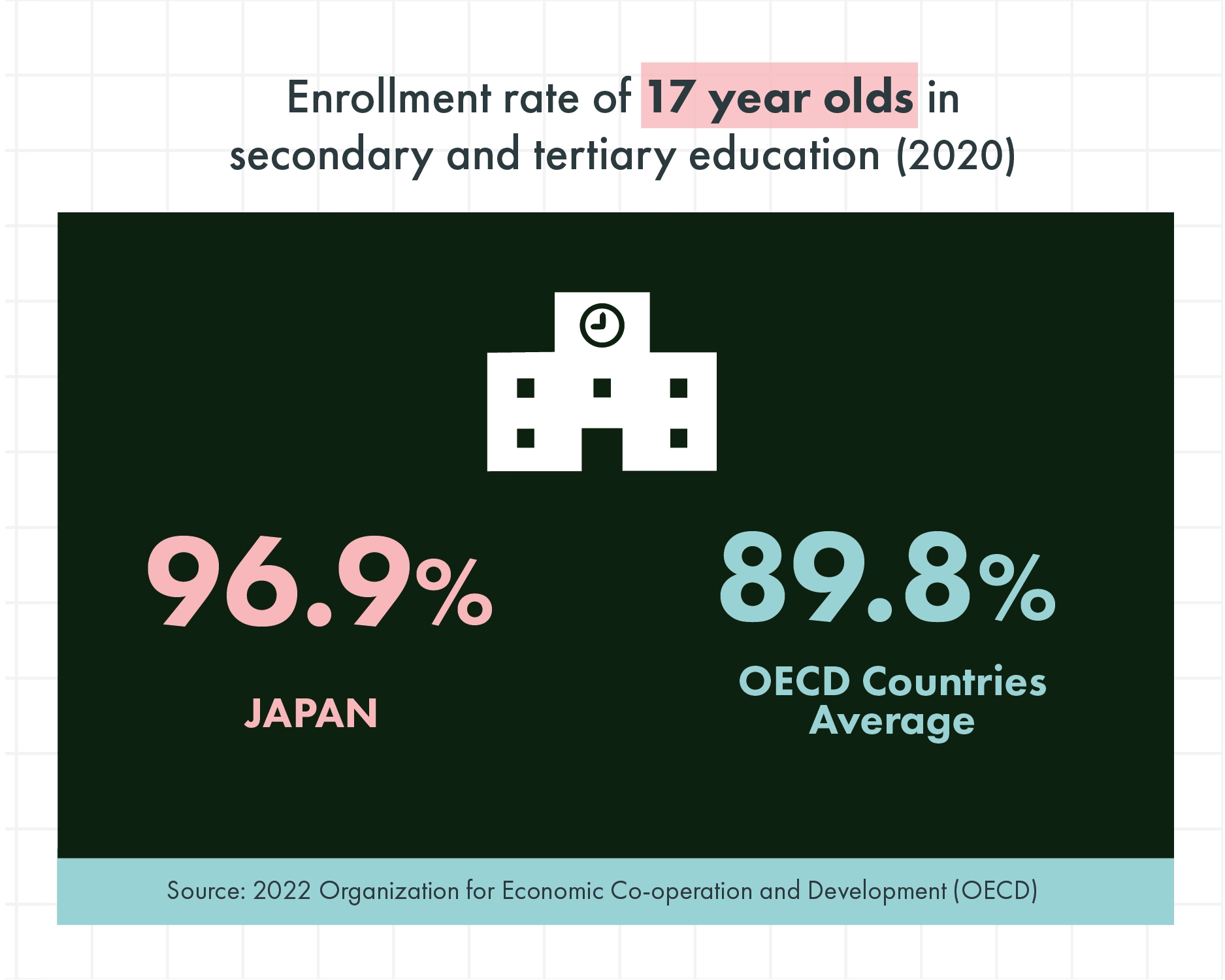
Further Reading
- Education Overview
 – Ministry of Education, Culture, Sports, Science and Technology (MEXT)
– Ministry of Education, Culture, Sports, Science and Technology (MEXT) - Printer friendly, colorful brochure about education in Japan
 – Ministry of Education, Culture, Sports, Science and Technology (MEXT)
– Ministry of Education, Culture, Sports, Science and Technology (MEXT) - In-depth articles on topics related to basic education in Japan
 – National Institute for Educational Policy Research (NIER)
– National Institute for Educational Policy Research (NIER) - Education Policy in Japan: Building Bridges Towards 2030
 – Organizations for Economic Co-operation and Development (OECD)
– Organizations for Economic Co-operation and Development (OECD)

Training the current Japanese workforce and next generation of Japanese students on cross-cultural and global skills is a priority for the Government of Japan. Success on the global stage requires understanding and tolerance to diversity, and students are expected to have these skills by the time they graduate university. As a result, the Government of Japan has made efforts to collaborate with schools and universities to promote student exchange in both directions to increase cultural and educational exchange and switch to interactive classes that encourage students to be autonomous and proactive.
Projects Supporting Internationalization in Education
 |
Japan Teaching and Exchange (JET) Programme Initiative sponsored by the Japanese Government which brings young, college-educated individuals from over 40 countries to work in communities and schools all over Japan. Since 1987, more than 32,000 Americans have participated in the program either as Assistant Language Teachers in public schools or as Coordinators for International Relations working at local government offices. |
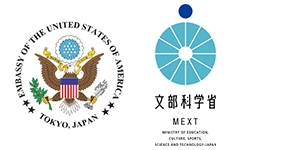 |
Japan-U.S. COIL Initiative (MEXT and ACE) Project that trains Japan and U.S. HEIs in collaborative online international learning (COIL) software to integrate them in their classrooms where Japanese students work with U.S. students on university course projects, increasing the reach of internationalization. |
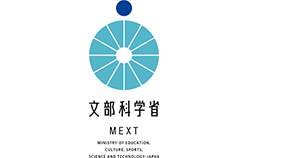 |
Competitive scholarship program that fully funds students obtaining degrees at Japanese universities. |
 |
TeamUp (U.S.-Japan Bridging Foundation) Provides a roadmap for building strategic higher education partnerships between Japan and the U.S. |
